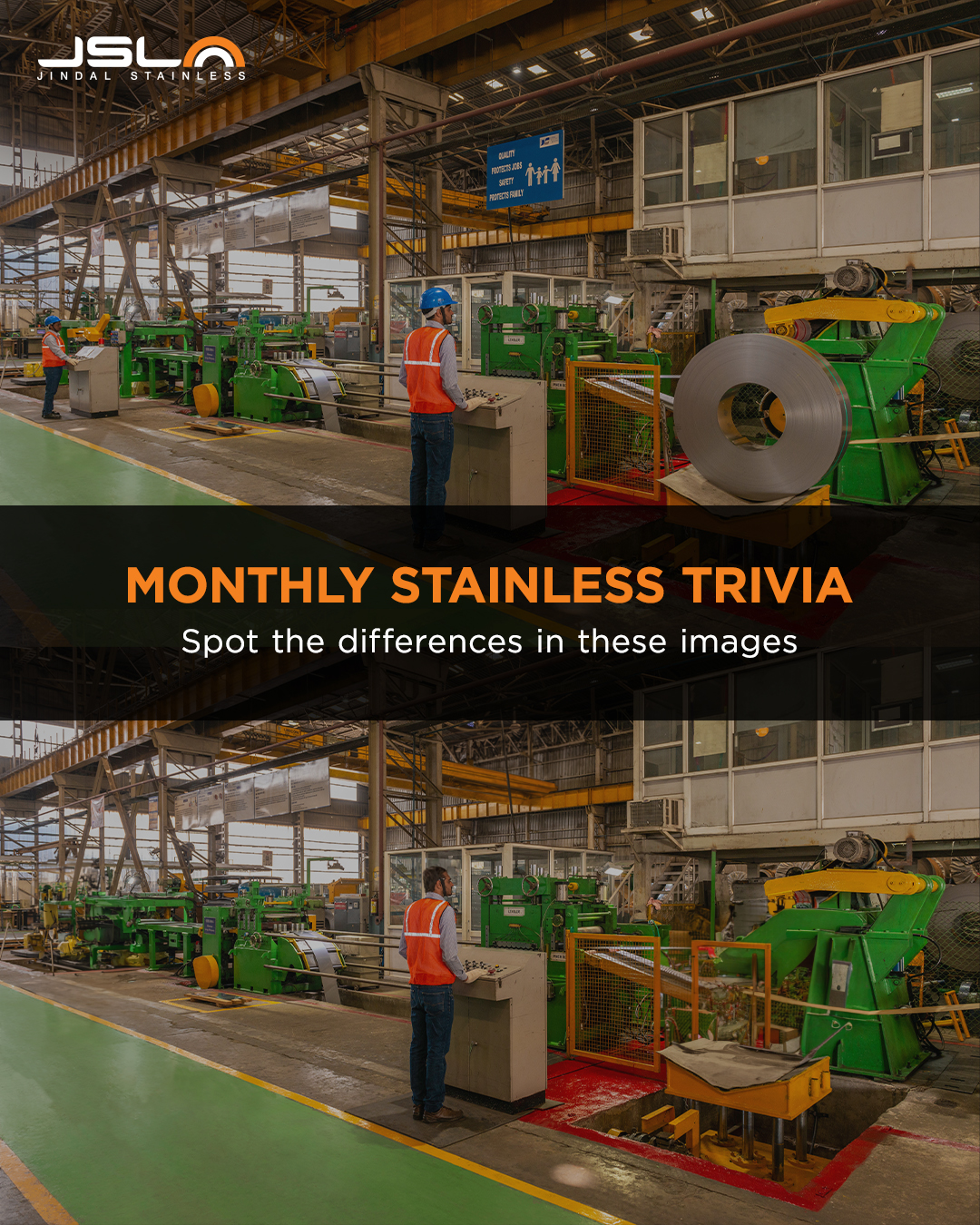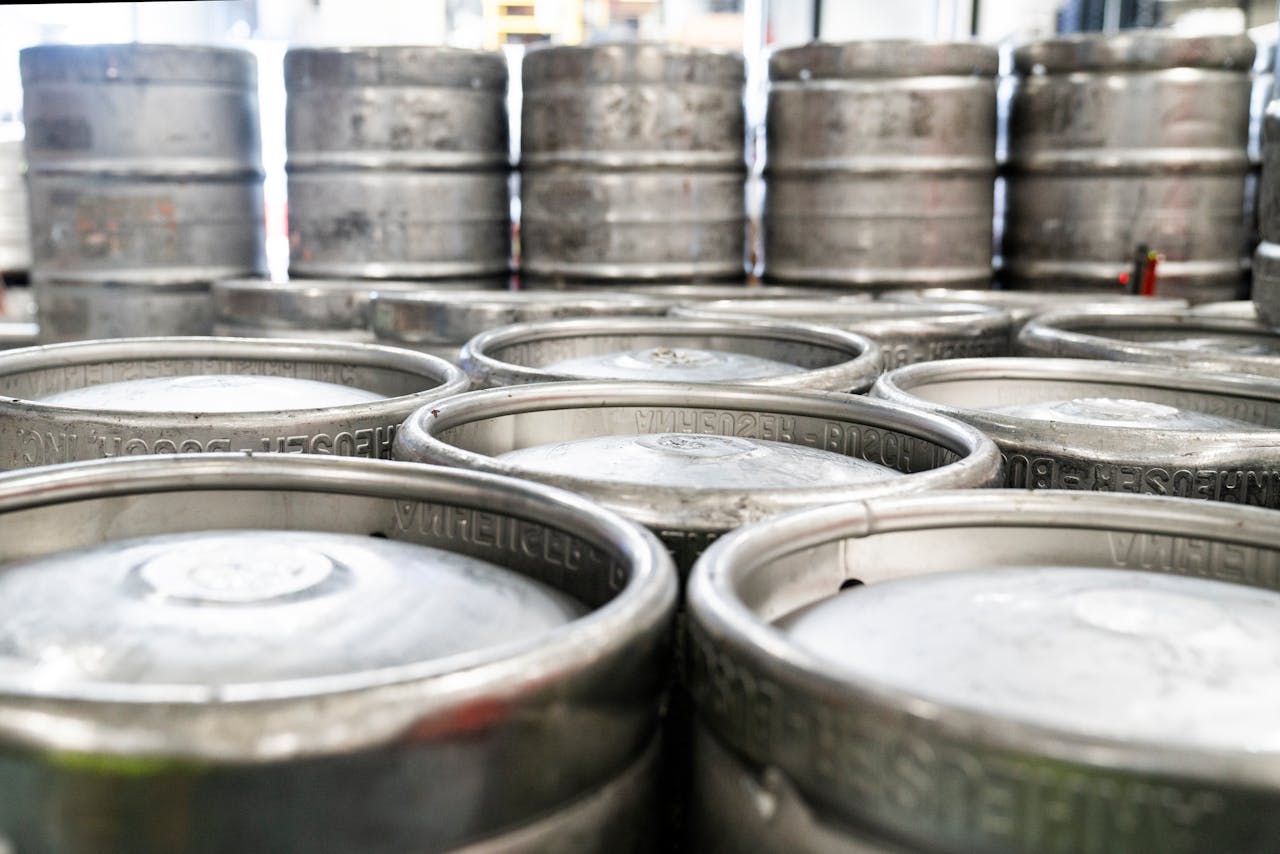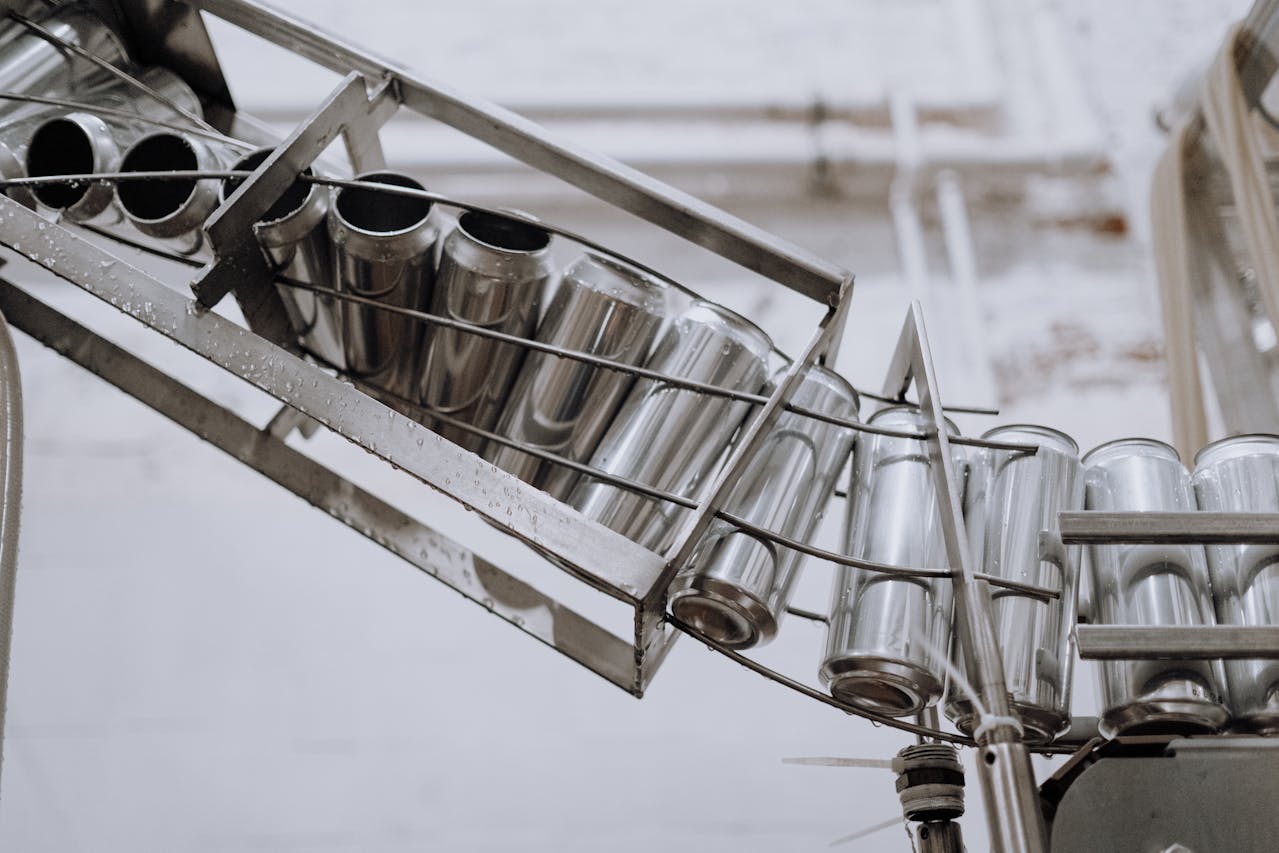Reasons Why Stainless Steel Has Gained Popularity In The Past Decade
April 12, 2023
‘A Non-Rusting Steel’, an announcement that appeared in the 1915 New York Times marked the entry of stainless steel into the world..This revolutionary material, initially intended for use as table cutlery, was the brainchild of Harry Brearley from Sheffield, England. Today, along with culinary purposes like making utensils, stainless steel is used to manufacture surgical equipment, architectural designs, automotive, railway coaches, aerospace and nuclear applications, and more. The metal gained popularity in the early 2000s as people started seeing it as a step into the future.

Avenues championed by stainless steel in the last decade
Fulfilling the ‘needs’ of the present, without compromising the ‘wants’ of the future, stainless steel stands true to the concept of sustainability.. With its corrosion-resistant properties, exceptionally low emissions of just 0.12% per tonne, and endless recyclability, stainless steel boasts a longer lifecycle, requiring minimal upkeep.. Unlike most building materials, it can withstand natural disasters like hurricanes and earthquakes, making it a more eco-friendly option than other metals.. Moreover, its aesthetic appeal, fire and crash resistance, and unique steel properties coupled with corrosion resistance make stainless steel products both durable and stunning. Additionally, its 100% recyclability and ease of sterilization make it an ideal choice for a variety of applications.
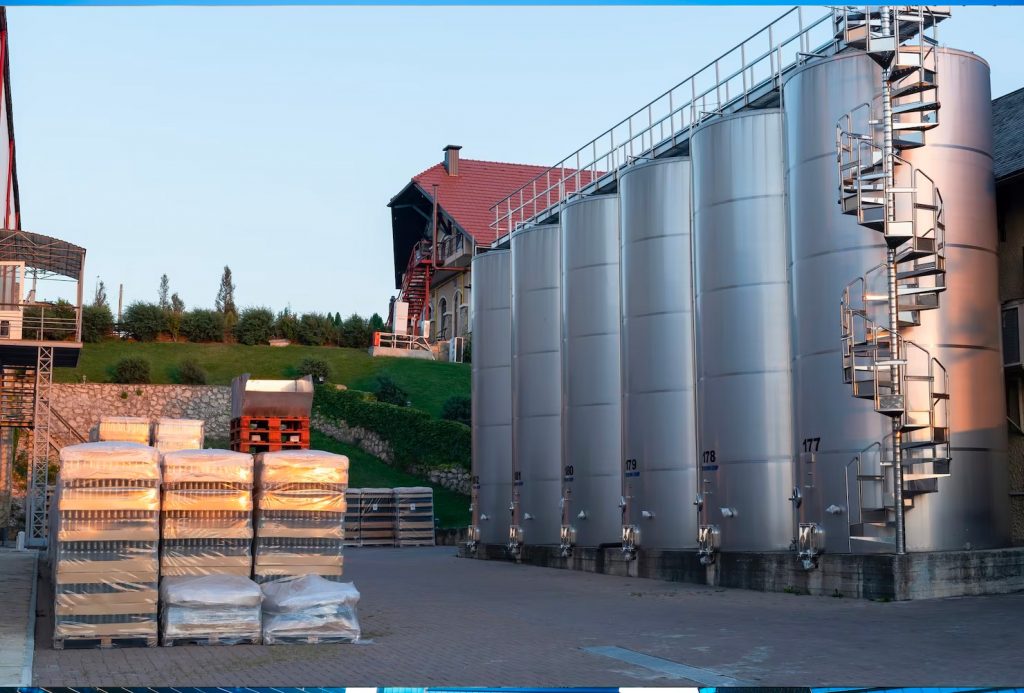
Stainless Steel for a Stainless Future
Stainless steel is a versatile material that not only enhances our daily lives but also contributes to a cleaner environment. Its uses span across numerous industries, including air quality improvement, where stainless steel converters have helped to reduce pollution from motor vehicles, generator sets, mining equipment, and more. Additionally, the use of condensing boilers made from stainless steel has led to a decrease in fossil fuel consumption and a 100% efficiency rating.
Stainless steel also plays a vital role in maintaining hygiene and preventing the growth of bacteria. By selecting the correct grade, the risk of localized corrosion is minimized, ensuring no contamination of water in contact with the stainless steel. It is also useful in reducing waste gases and materials, making it an excellent choice for waste product disposal and recycling.In fact, stainless steel is being used in recycling cardboard and paper, making a significant contribution to reducing waste and protecting our forests. By choosing stainless steel, we can create a cleaner and more sustainable future for ourselves and the environment.
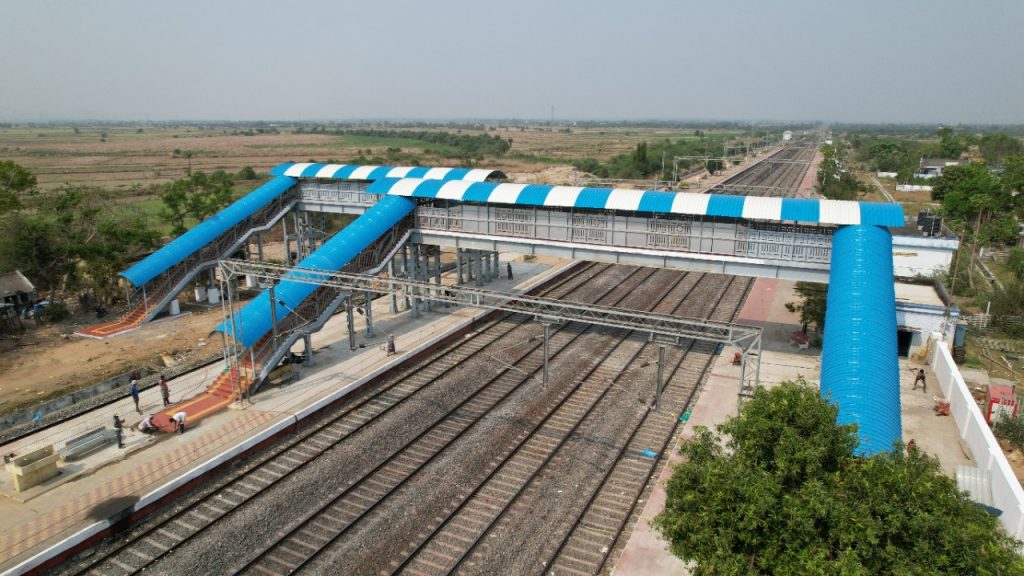
Railways are the lifeblood of India, serving as the primary mode of transportation for countless individuals. As India moves towards a more sustainable and corrosion-free railway infrastructure, Jindal Stainless Limited (JSL) is led the charge by supplying 155 metric tonnes of steel to the Indian Railways for the construction of a stainless steel foot-over-bridge project in Srikakulam, Andhra Pradesh. This infrastructure marks the second stainless steel (SS) foot-over-bridge (FOB) in India, following the Naupada FOB in Andhra Pradesh “Jindal Stainless is equipped to produce world-class stainless steel products that can stand the challenging climatic conditions of India’s vast coastal line. The Srikakulam FOB is another milestone toward manifesting the government’s vision of developing a sustainable and corrosion-free railway infrastructure. We congratulate the Indian Railways for their visionary approach and are proud to collaborate with them for this major achievement” mentioned Mr Tarun Khulbe, Director, Jindal Stainless Limited.
Furthermore, the company has assisted the Railways’ fabricators by providing cost-effective stainless steel fabrication techniques and acting as a bridge between Railways, RDSO, and policymakers in developing custom-made solutions for the Indian Railways. Jindal Durasafe (IRS 350 CR), designed for zero maintenance, up to 100 years of service life, lower life cycle cost, and carbon footprint, has been developed to cater to high-quality structural applications in coastal areas, ensuring a sustainable future for our world.
The whole industry has realized the growth of stainless steel and has started to transform almost every intensive industry. 13% of the total steel production is used in automobiles, railways, and transport. The corrosion-resistant, cost-effective, and sustainable modern-day metal, stainless steel has registered the fastest growth in the world (CAGR of more than 5%) in the last 40+ years. Even fuel tanks, too, are increasingly made of stainless steel because it does not leak or absorb vapor. It has already emerged as the desired metal for all kinds of utensils for its durability and for other consumer durables like sinks. Sectors like construction, infrastructure, and manufacturing, which are key contributors to the GDP are expected to drive the growth of stainless steel.
The National Steel Policy, 2017 envisages 300 million tonnes of production capacity by 2030-31. The government has a fixed objective of increasing rural consumption of steel from the current 19.6 kg/per capita to 38 kg/per capita by 2030-31. India’s demand for stainless steel is 3.7-3.9 MT, as per the ‘Stainless Steel Vision Document 2047’ launched by Additional Secretary, Ministry of Steel, Government of India at the recently organized Global Stainless Steel Expo (GSSE) 2022. The consumption is expected to reach 12.5-12.7 MT and 19-20 MT by fiscal years 2040 and 2047, respectively. Enormous scope for growth is offered by India’s comparatively low per capita steel consumption and the expected rise in consumption due to increased infrastructure construction and the thriving automobile and railways sectors.
Stainless Steel is metal for ‘Nation-building.’ All the three main pillars –economic, environmental, and social, also known informally as profits, planets, and people of sustainability will benefit from the growth of the industry. So let’s take a big step toward the future with the miracle “Non-Rusting Steel.”
The stainless steel industry has experienced tremendous growth, transforming various intensive sectors. About 13% of total steel production is utilized in transportation, including automobiles and railways. Stainless steel, with its corrosion resistance, cost-effectiveness, and sustainability, has witnessed the world’s fastest growth rate (CAGR of over 5%) over the last 40 years. Even fuel tanks are now commonly made of stainless steel due to its non-leakage and vapor absorption properties. It has become the preferred metal for utensils and sinks, thanks to its durability. The growth of stainless steel is expected to be propelled by key contributors to the GDP such as construction, infrastructure, and manufacturing.
The National Steel Policy, 2017, aims to achieve a production capacity of 300 million tonnes by 2030-31, with a target of increasing rural steel consumption from the current 19.6 kg/per capita to 38 kg/per capita by 2030-31. According to the ‘Stainless Steel Vision Document 2047,’ India’s demand for stainless steel is 3.7-3.9 MT, with consumption expected to reach 12.5-12.7 MT and 19-20 MT by fiscal years 2040 and 2047, respectively. India’s comparatively low per capita steel consumption and the anticipated rise in consumption due to increased infrastructure construction and thriving transportation sectors offer significant potential for growth. Stainless steel is the metal for nation-building, benefiting all three main pillars of sustainability – economic, environmental, and social. Let us take a significant step towards the future with the miraculous “Non-Rusting Steel.”
Source: British Stainless Steel Association:
https://bssa.org.uk/bssa_articles/environmental-aspects-of-stainless-steel/
The New Indian Express:
https://www.newindianexpress.com/business/2022/apr/13/domestic-stainless-steel-demand-expected-to-reach-20-mt-by-fy47-report-2441531.html
